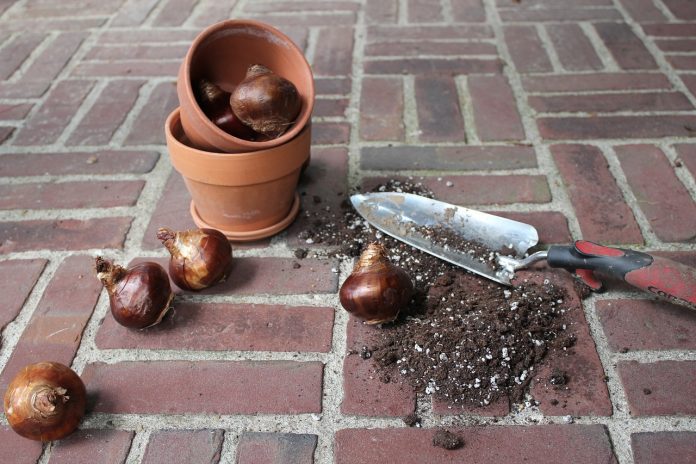URBANA, Ill. — As fall approaches, many perennial plants are ready to go dormant for the winter. Now is the time to start thinking about next spring’s floral display and planting spring-flowering bulbs.
Since spring bulbs need a cold period during the winter in order to bloom, the best time to plant is late September through October to allow sufficient time for a good root system to develop, says Brittnay Haag, University of Illinois Extension horticulture educator.
Bulbs should be firm and free of rotting spots or signs of disease. If the bulbs cannot be planted immediately after purchasing, store them in a cool, dry place away from ethylene-producing fruits, such as apples, bananas, melons, pears and peaches to prevent flowering disorders.
For the greatest visual impact, plant bulbs in groupings and large drifts or waves of color. Mix them in with other perennials and shrubs to screen the foliage after blooms fade. To produce maximum blooms, most bulbs will need at least eight hours of sunlight daily.
Most bulbs require fertile, well-drained soil to prevent the bulb from rotting. Poorly drained soil can be improved by adding organic matter such as compost or peat moss. The material should be incorporated into the soil before planting at a rate of four-parts soil, one-part organic matter. A balanced fertilizer, 20-20-20, can also be incorporated into the soil at this time.
Large bulbs, such as daffodils or tulips, should be planted 6 to 8- inches deep. Small bulbs, such as snowdrops and crocus, should be planted 3 to 4 inches deep. Bulbs should be spaced 6 to 12 inches apart to allow for the spread and future divisions. Plant bulbs with the nose of the bulb facing upward and the root plate facing down.
After covering the planted bulbs with soil, water the area well to settle the bulbs into the soil and initiate root development. If there is little rain in the fall, continue to water weekly until the ground freezes. A light, 2-inch layer of mulch can be added after planting to minimize the effects of winter temperature fluctuations and to help converse soil moisture.
Visit Illinois Extension’s website Bulbs & More at extension.illinois.edu/bulbs for more information about selecting and caring for spring bulbs.










